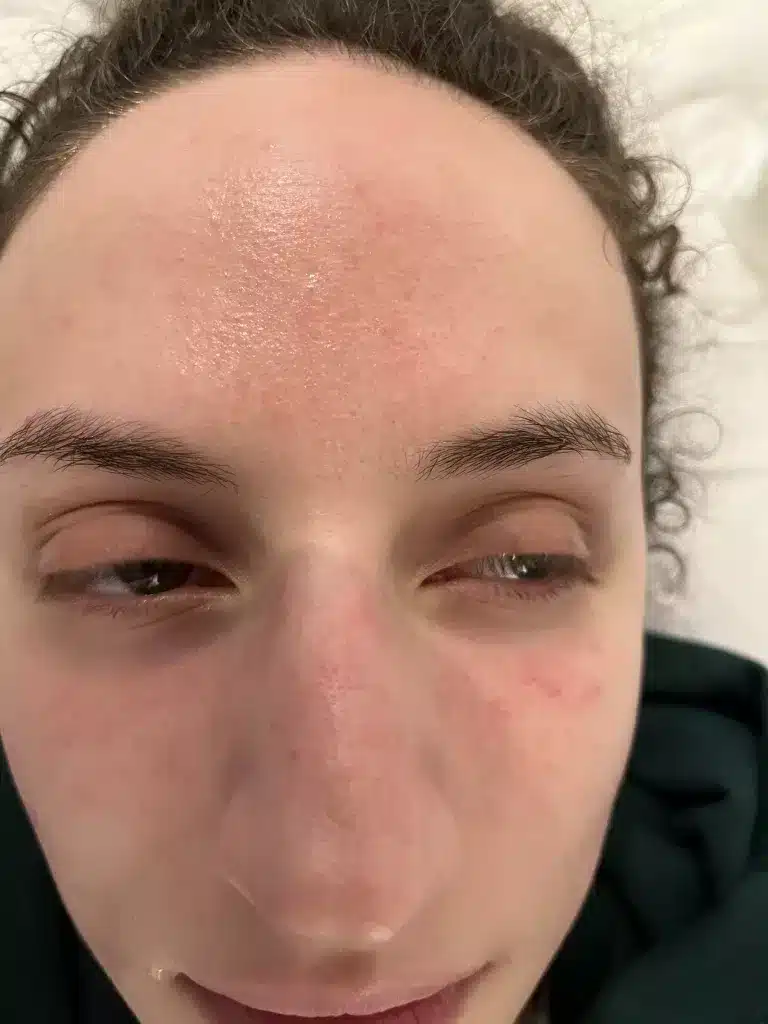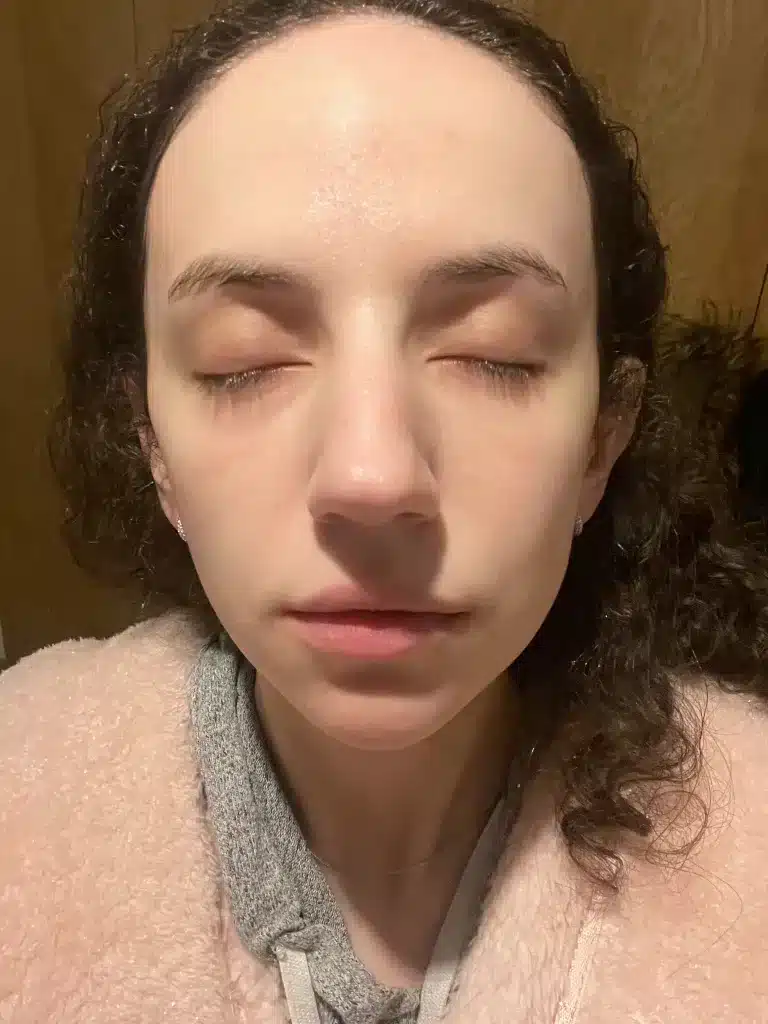Rosacea Treatment Options
What is Rosacea?
Rosacea is a chronic inflammatory skin condition that primarily manifests as facial flushing. Depending on its severity, the condition can present symptoms resembling acne, including erythema (redness), papules (small red bumps), and pustules (pus-filled pimples).
Diagnosis of Rosacea
The diagnosis of Rosacea is primarily based on its distinct appearance and the patient’s medical history. A skilled dermatologist can readily identify the characteristic signs and symptoms of this condition.
Treatment Options
The choice of treatment for Rosacea is influenced by the severity of the condition. Here are some common treatment options:
Topical Antibiotic Gels:
In many cases, healthcare providers prescribe topical antibiotic gels. These gels are applied directly to the affected areas and can be effective in reducing inflammation and redness.
Isotretinoin:
In more severe cases, isotretinoin, an oral medication, may be recommended. This powerful medication can help manage symptoms, but its usage requires careful monitoring due to potential side effects.
Chemical Peels:
For those seeking gentler options, chemical peels can be considered. They work by removing the top layer of damaged skin, promoting the growth of healthier skin. This can help reduce redness and improve skin texture.
Low-Level Laser Therapy:
Another gentle approach is low-level laser therapy. This non-invasive treatment uses specific wavelengths of light to target and reduce redness and inflammation associated with Rosacea.
It’s important to note that the choice of treatment should be made in consultation with a healthcare professional who can assess the severity of the condition and recommend the most appropriate approach for each individual. At Santi London, our experienced practitioners can guide you through your options and develop a personalized treatment plan tailored to your unique needs.
Before

After

Etiology of Rosacea
The etiology of rosacea is unknown, but some studies suggest:
- An abnormal vasomotor control
- Impaired facial venous drainage
- Increased follicle mites
- Increased angiogenesis, ferritin expression, and reactive oxygen species
- Dysfunction of antimicrobial peptides
Symptoms of Rosacea
Rosacea is limited to the face and scalp and develops sequentially in 4 stages:
- Pre-rosacea
- Vascular
- Inflammatory
Product Selection
When managing rosacea, choosing the right skincare products is crucial to soothe irritation and reduce redness. The Skin1004 Madagascar Centella Asiatica 100 Ampoule, with its 100% Centella Asiatica extract, is an excellent choice for calming sensitive and acne-prone skin. This ingredient is known for its healing properties and can significantly reduce inflammation and discomfort associated with rosacea.
Another helpful product is the BASE LABORATORIES Hypochlorous Acid Spray. This spray, which features hypochlorous acid, is beneficial for cleansing the skin gently and providing relief from redness and irritations. Its antimicrobial properties can also help prevent acne breakouts, which are common in rosacea-prone skin.
For daily cleansing, the AESTURA ATOBARRIER365 BUBBLE CLEANSER is ideal. Its mild acidic pH formula respects the delicate skin barrier, essential for rosacea sufferers, while the rich mousse gently removes impurities without stripping the skin of its natural oils.
In addition to these products, using a mineral-based sunscreen with SPF 30 or higher daily can protect sensitive skin from UV rays, which may exacerbate rosacea symptoms. Also, incorporating a niacinamide serum can be beneficial as it helps strengthen the skin’s barrier and reduces inflammation. Always remember to patch test new products
In the pre-rosacea phase, patients describe flushing and blushing, often accompanied by uncomfortable stinging. Common triggers are sun exposure, emotional stress, cold or hot weather, alcohol, spicy foods, exercise, wind, cosmetics, and hot baths or hot drinks. These symptoms persist throughout the other phases of the disorder.
In the vascular phase, patients will develop facial erythema and edema with multiple telangiectases.
An inflammatory phase often follows, in which papules and pustules (leading to the designation of rosacea as adult acne) develop.
In the late phase coarse tissue hyperplasia of the cheeks and nose (rhinophyma) develop caused by tissue inflammation, collagen deposition, and sebaceous gland hyperplasia.
Treatments for Rosacea
Naturally avoiding any known triggers is the first step. It is then worth considering topical or oral antibiotics or topical azelaic acid or ivermectin. LED Light therapy and chemical peels including mandelic and azelaic acid help.
For flushing or persistent erythema, usually topical brimonidine is prescribed.
For more severe and persistent cases, oral isotretinoin is usually an option worth considering.
For rhinophyma, dermabrasion and tissue excision are the usualy course of action together with laser treatment.
For telangiectasia, CO2 laser excision is often considered.
IPL Treatments at Santi
Santi London, 33 Thurloe Street, London SW7 2LQ Appointments: 0207 5847000 info@santilondon.com
